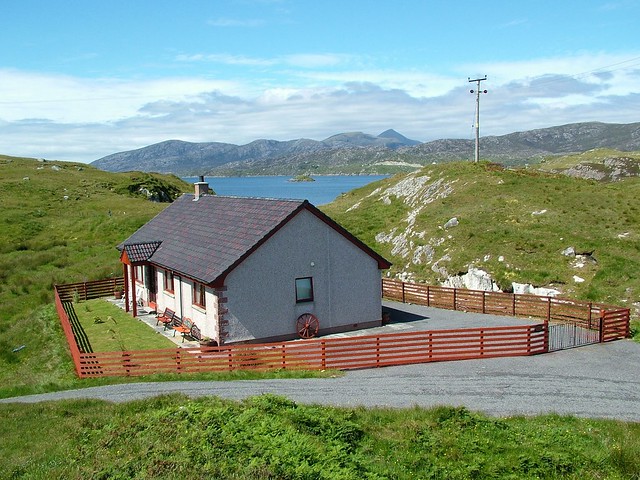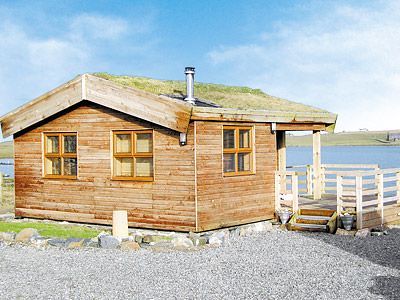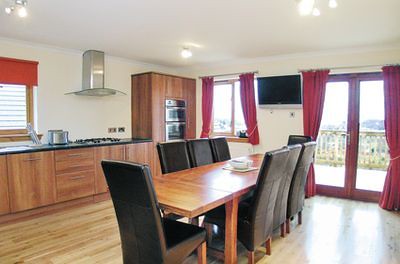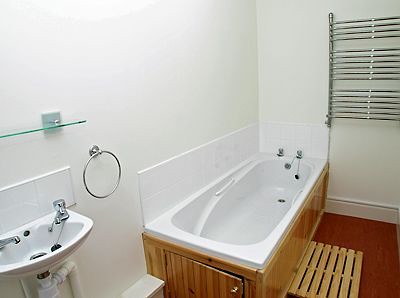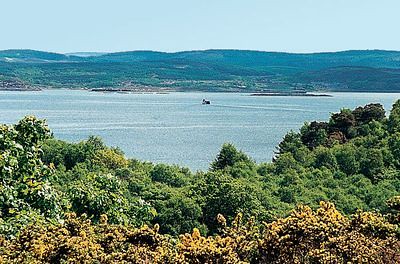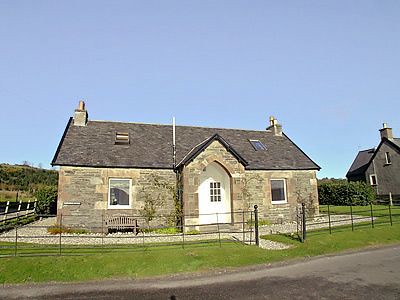Isle of Harris Visitor Guide with links to local resource and advice on travel...
Harris is not an island, but together with Lewis forms the largest of the Outer Hebrides, with Harris taking up the southern third. The two parts are divided by the long sea lochs of Loch Seaforth in the east and Loch Resort in the west, though this division is rarely shown on maps. Though joined, the two are very different in terms of geography. Harris is largely mountain and rock whereas Lewis is flat moorland.
Harris itself is almost split in two by the sea at An Tairbeart (Tarbert), the largest town and ferry terminal. To the north are the highest peaks in the Outer Hebrides, surrounded by some of the finest unspoilt wilderness in the whole country, while to the south are miles of wonderful sandy beaches and, on the east coast, an almost indescribably strange lunar landscape straight out of a science fiction film. With your own transport you could 'do' Harris in a day quite comfortably, but if the weather's good enough you'll want to spend more time and appreciate its precious natural beauty. There's a regular bus service between Tarbert and Stornoway, and a less frequent one that travels right around South Harris.
History of Harris
The separation of Harris and Lewis dates back to Norse times, when the island was divided between the two sons of Leod, progenitor of the Macleods. Harris remained in Macleod hands until 1834. The recent history of Harris is closely bound up with that of Lewis. Both were bought by the soap magnate, Lord Leverhulme, whose grandiose schemes for Lewis came to nothing. Leverhulme then turned his attentions to Harris, where the peaceful little village of An t-Ob (Obbe) was renamed Leverburgh and transformed into a bustling port with all manner of public works programmes under development. His death in 1925 brought an end to all his plans for Harris, and instead of becoming a town with a projected population of 10,000, Leverburgh reverted to being a sleepy village, with only the harbour, the roads and the change of name to show for it all.
Since the Leverhulme era there has been no main source of employment for the population of 2,400 on Harris, though a successful fishing industry continues on Scalpaigh (Scalpay). There is still some crofting supplemented by the Harris Tweed industry, though most production is now in Lewis, and whatever employment can be found: road-works, crafts and tourism. The most recent project proposed for Harris, to create one of Europe's largest superquarries, is highly controversial and would involve destroying an area of outstanding natural beauty for the sake of perhaps only a few dozen jobs, with potentially disastrous consequences for the island's fragile tourist economy.


